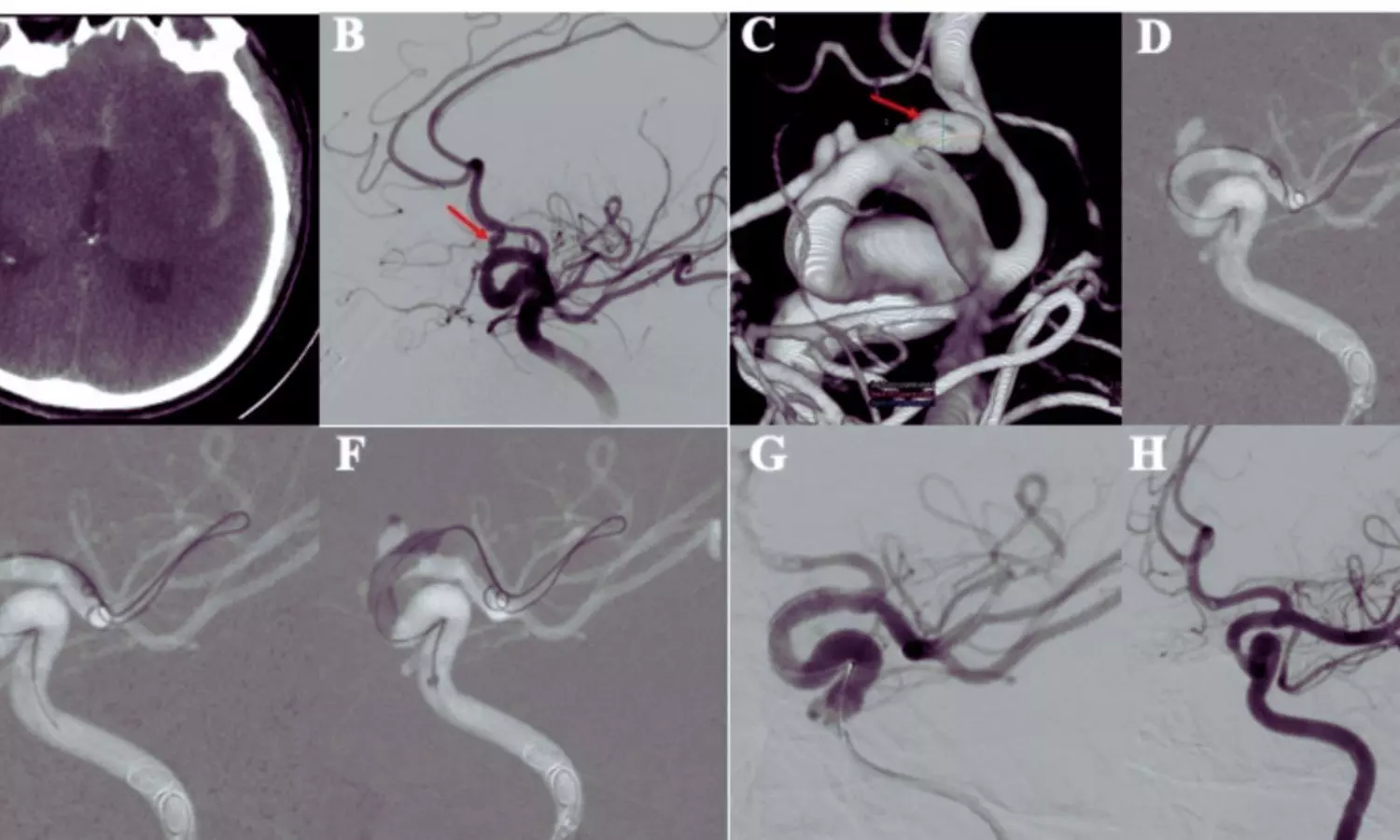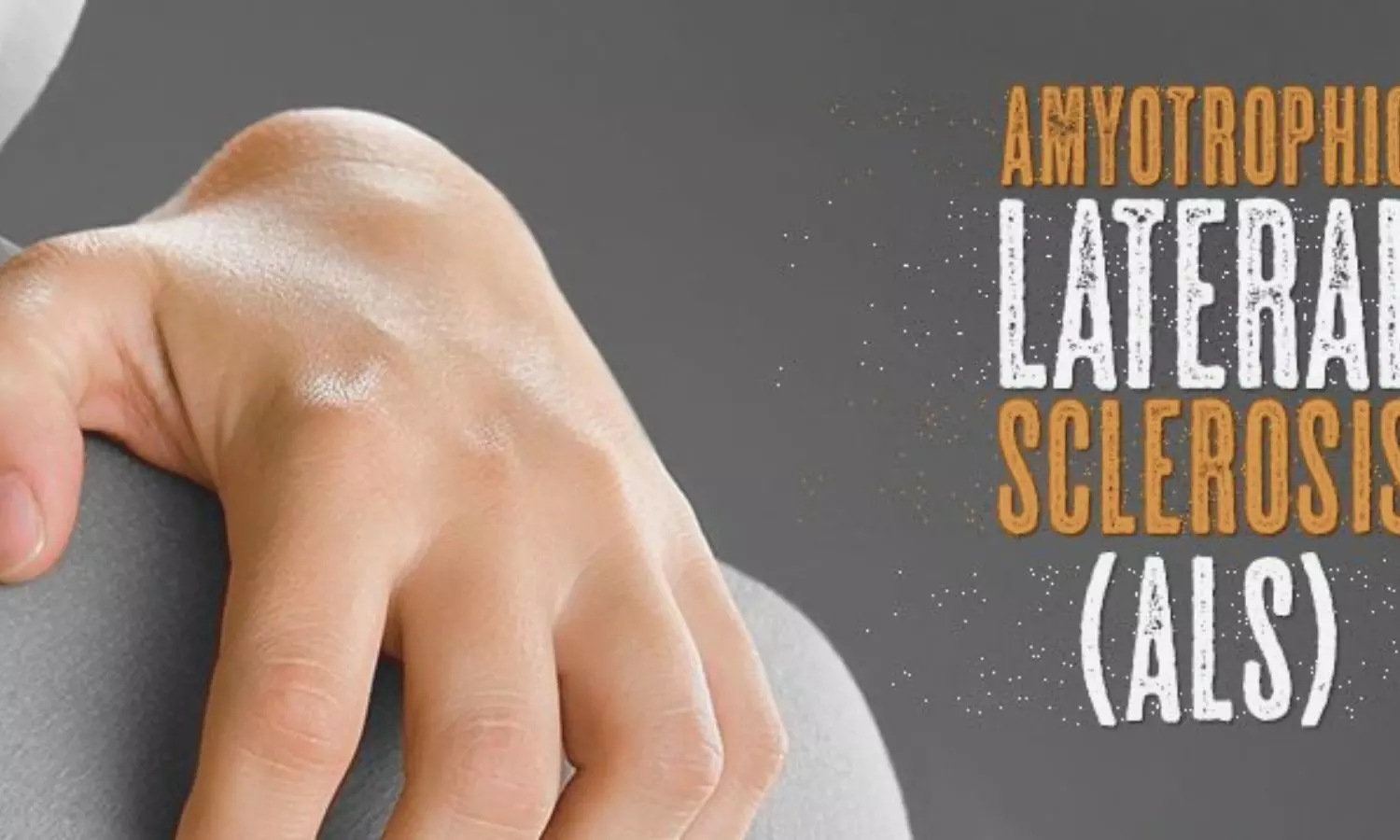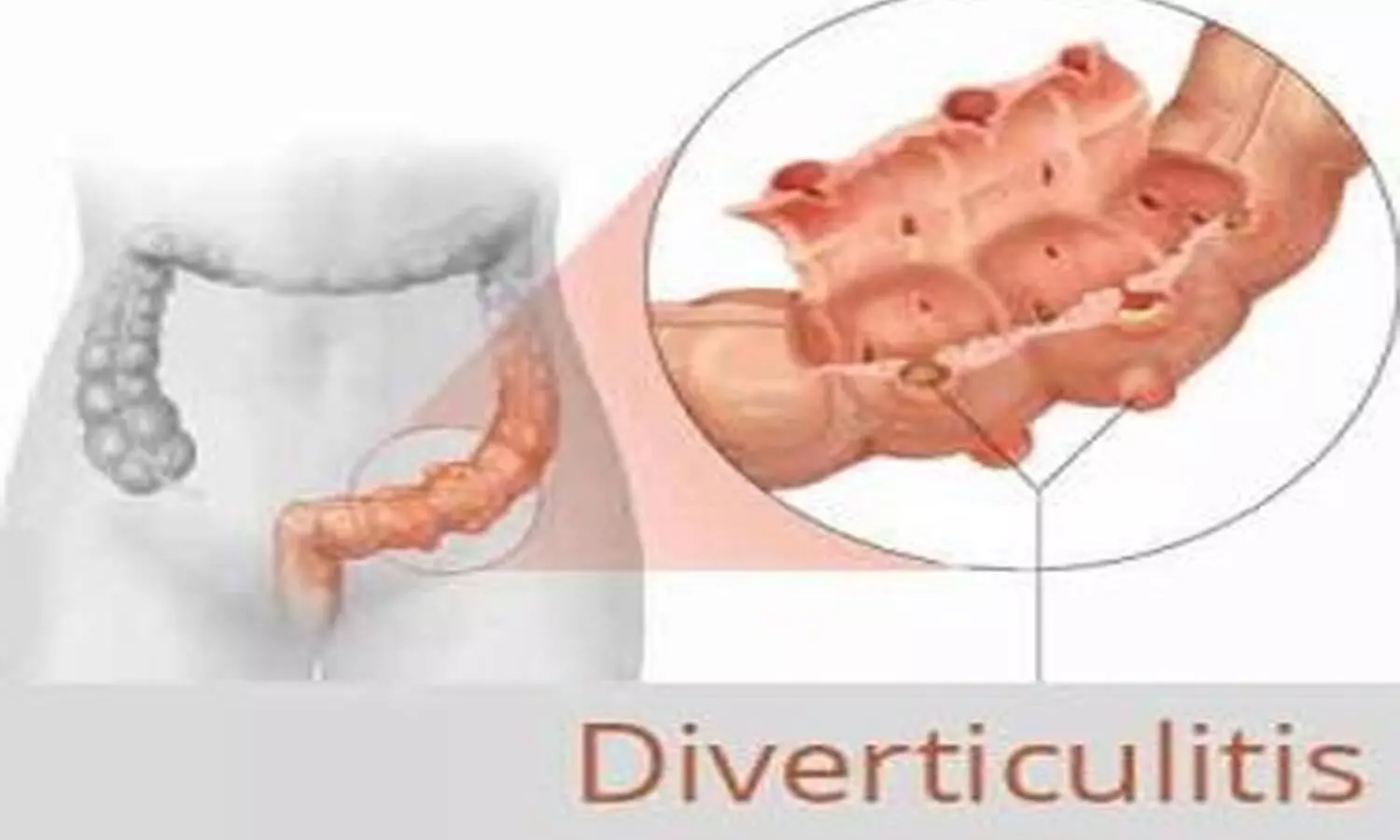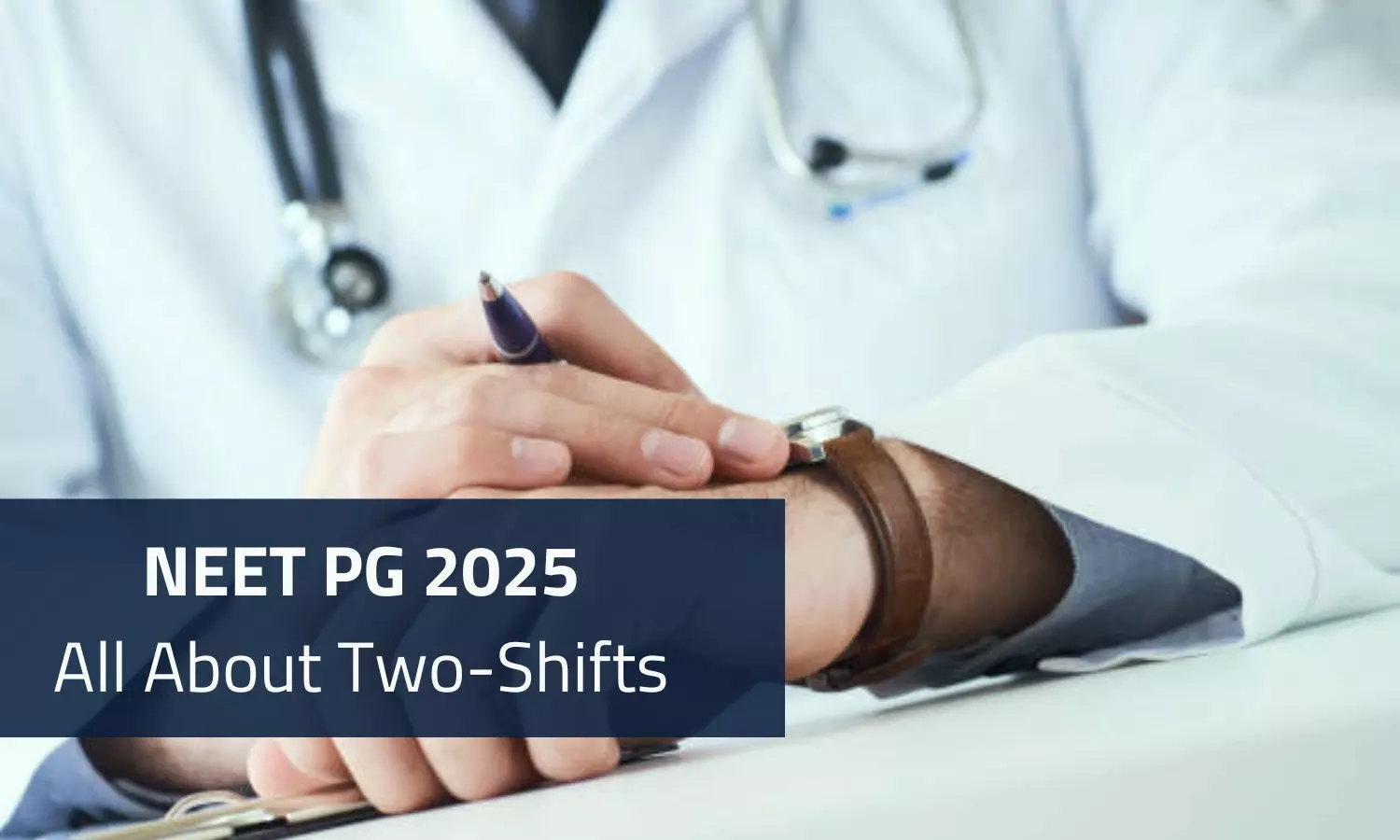THC Exposure before Birth May Impair Infant Lung Development and Function, reveals research

Using cannabis products during pregnancy may negatively affect offspring lung development and function, according to new research. The study is published in the American Journal of Physiology-Lung Cellular and Molecular Physiology and has been chosen as anAPSselect article for April.
Cannabis products are commonly used during pregnancy, despite guidelines from the American College of Obstetricians and Gynecologists recommending abstinence of use in pregnancy given limited safety data regarding for the unborn child. The psychoactive ingredient in cannabis products, delta-9-tetrahydrocannabidol (THC) crosses the placenta and emerging data suggest prenatal THC use is associated with higher risk of stillbirth, preterm birth and low birth weight.
THC edibles are the second most common form of cannabis consumption in pregnant individuals after smoking. High-quality research on the direct effects of cannabis and THC exposure during pregnancy is lacking due to the different cannabis plant strains, range of available cannabis products, common co-use with other substances and restrictions on human cannabis research.
In this study, pregnant nonhuman primates were given a THC cookie-representing the equivalent of a “heavy human medical cannabis dose”-in addition to their regular diet. They continued to eat the cookies throughout pregnancy and after giving birth. During pregnancy, researchers measured fetal lung development with MRI.
After birth, the research team performed assessments to determine the THC-exposed infants’ lung capacity, volume and forced expiratory flow (the amount of air that is forcibly exhaled within a specific time period). They also examined fluid from the exposed newborns’ lungs and analyzed their DNA and RNA.
Some of the findings associated with prenatal THC exposure include:
- Reduced fetal lung volume beginning mid-pregnancy in the second trimester.
- Changes to expression in more than 700 genes in newborns’ lungs.
- Significant decrease in key growth factors for lung development in exposed infants.
“There are several key findings that highlight the potential adverse impact of THC exposure on offspring lung function and development,” the researchers wrote. The results suggest “prenatal THC exposure may have an important influence on future respiratory health, and further studies in human populations are needed.”
Reference:
Qing Ma, Hanxiang Liu, Ming Liu, TrkB signaling promotes alveolar capillary angiogenesis following perinatal hyperoxic damage, American Journal of Physiology-Lung Cellular and Molecular Physiology, https://doi.org/10.1152/ajplung.00334.2023.
Powered by WPeMatico









